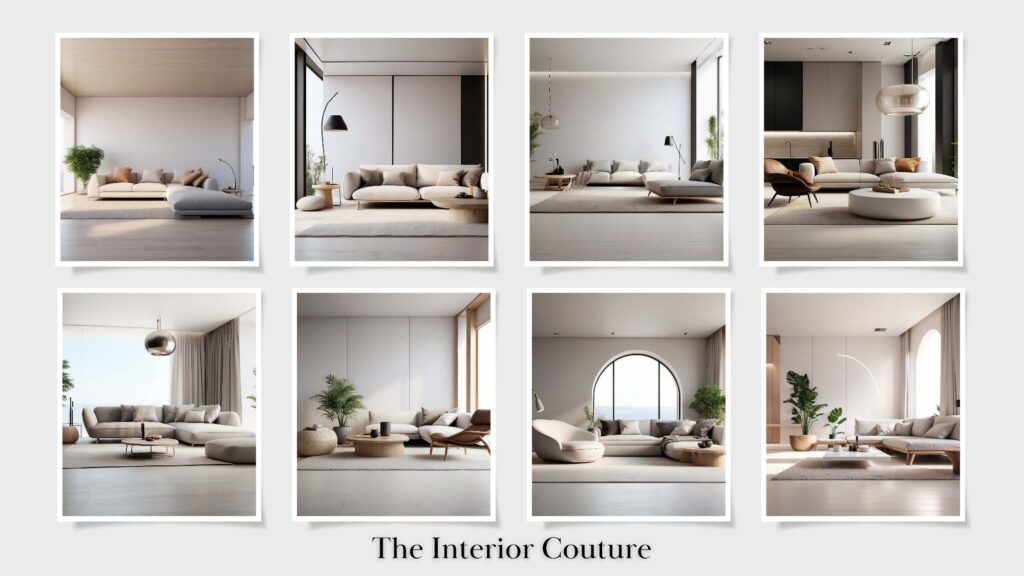
Table of Contents
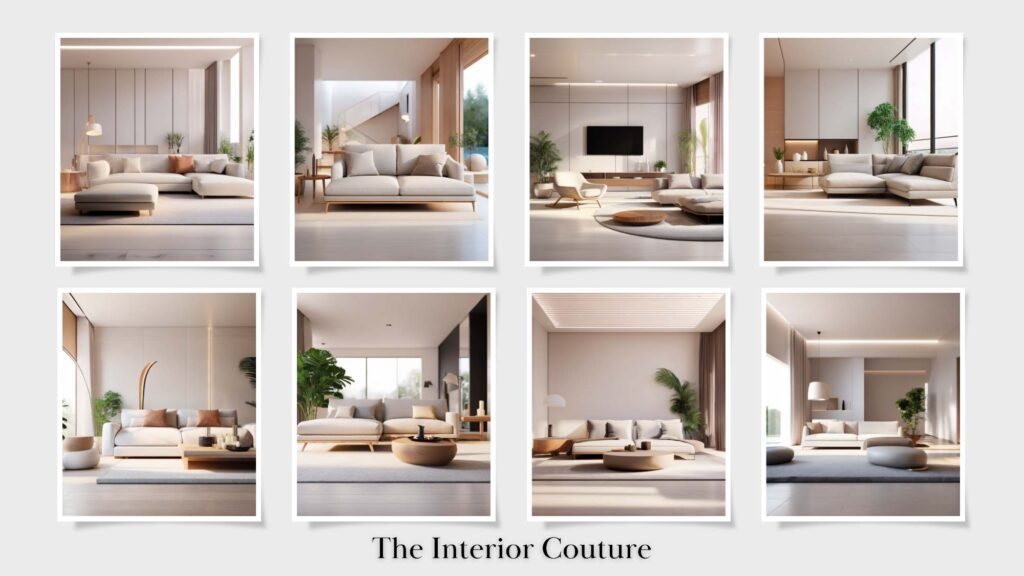
Welcome to the world of minimalism! If you’re new to this concept, you’re in for a treat. Minimalism isn’t just a design trend; it’s a lifestyle that promotes simplicity and intentionality. In this guide, we’ll explore the basics of minimalist interior design, why it’s so popular, and how you can start incorporating it into your home. Let’s dive in!
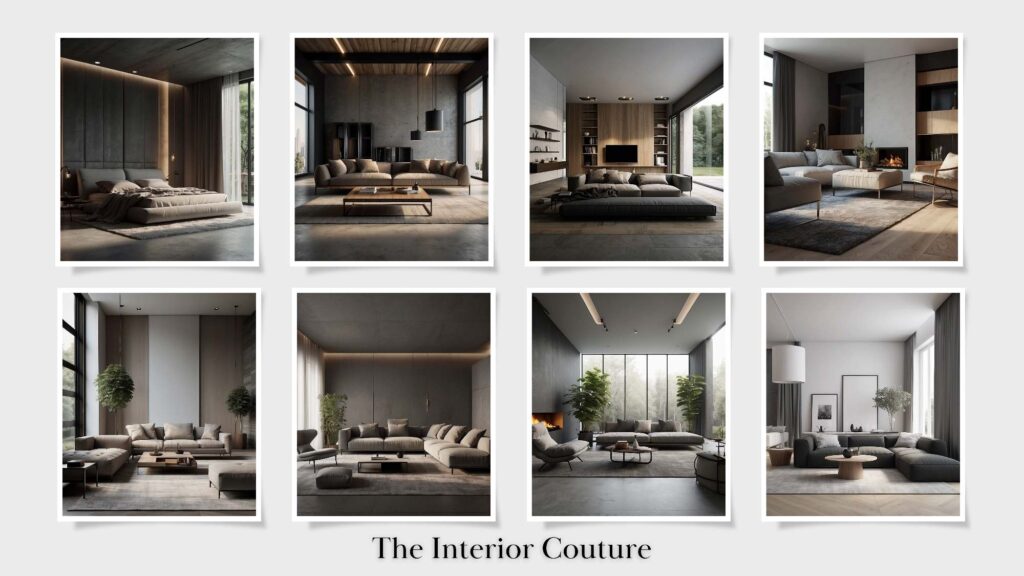
What is Minimalism?
Minimalism is all about simplicity and functionality. At its core, minimalist interior design focuses on creating a clean, uncluttered space that emphasizes the essentials. This means getting rid of excess items and only keeping what truly adds value to your life. The result? A serene, organized environment that feels both spacious and inviting.
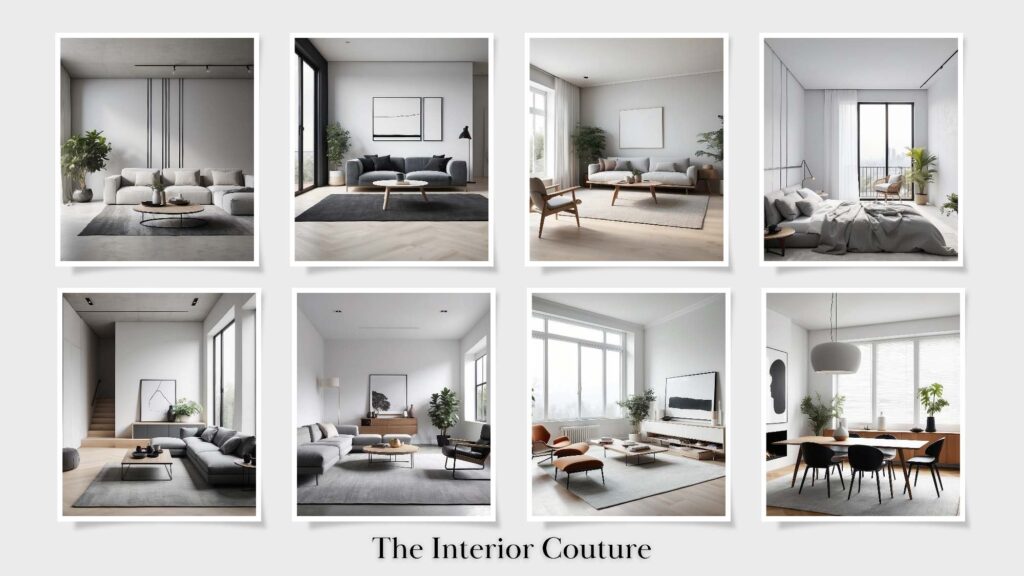
Why Minimalism?
Minimalism in interior design is about making your space feel open, peaceful, and effortlessly stylish. By keeping things simple and removing the clutter, you allow your home to truly shine. It’s a way to live more mindfully and sustainably, turning your space into a calming retreat you’ll love coming back to.
– Less Clutter
By reducing the number of items in your home, you create a more organized and stress-free environment.
– More Space
Minimalist design often involves open floor plans and fewer pieces of furniture, making your space feel larger.
– Focus on Quality
Instead of having many items, minimalism encourages you to invest in high-quality pieces that you love and will last.
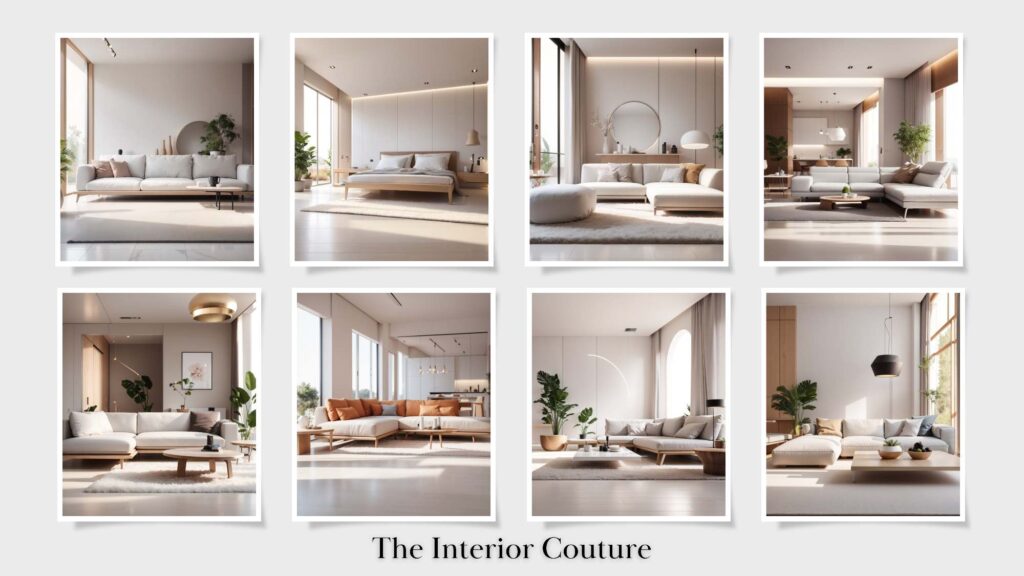
The Principles of Minimalist Interior Design
To achieve a minimalist look, there are a few key principles to keep in mind. These principles will guide you in creating a space that is both functional and aesthetically pleasing.
a. Simplicity
Simplicity is the hallmark of minimalist design. This means choosing furniture and decor that have clean lines and simple shapes. Avoid overly ornate or intricate designs.
b. Functionality
Every item in a minimalist home should serve a purpose. This doesn’t mean you can’t have decorative items, but they should also have a function, like a beautiful vase that holds fresh flowers.
c. Neutral Colors
Minimalist interiors often feature a neutral color palette. Think whites, grays, and beiges. These colors create a calm and serene atmosphere. You can add pops of color through accessories like cushions or artwork.
d. Quality Over Quantity
In a minimalist home, less is more. Instead of filling your space with many items, focus on a few high-quality pieces that you truly love. This not only reduces clutter but also ensures that your home is filled with items that bring you joy.
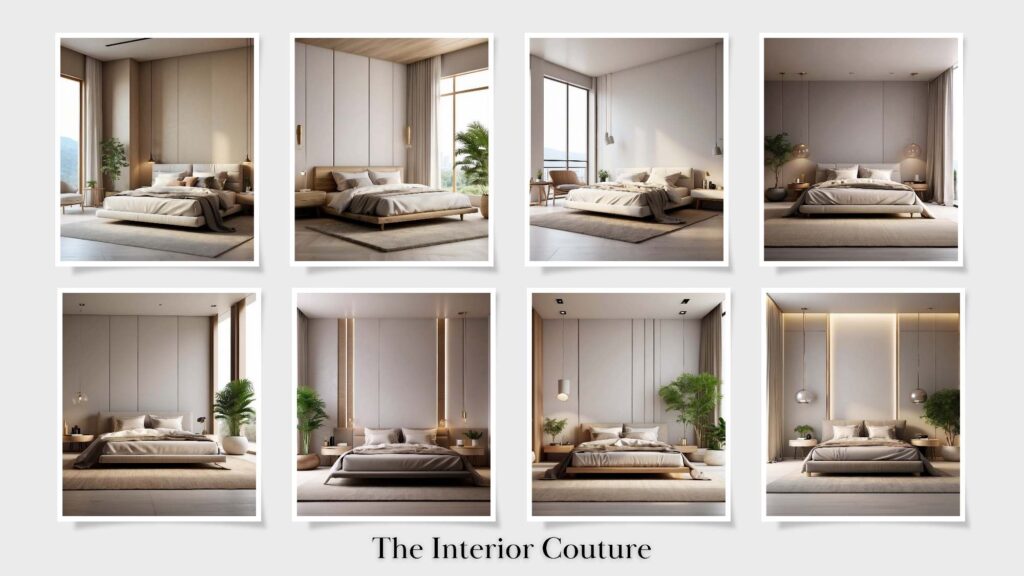
How to Start Your Minimalist Journey
Starting your minimalist journey can feel overwhelming, but it doesn’t have to be. Here are some steps to help you get started:
a. Declutter
The first step to creating a minimalist home is to declutter. Go through each room and get rid of items that you no longer need or love. This can be a daunting task, so take it one step at a time. Start with one room or even one drawer.
b. Choose a Color Palette
Once you’ve decluttered, choose a neutral color palette for your home. This will create a cohesive and calming environment. Remember, you can always add pops of color with accessories.
c. Invest in Quality Pieces
Instead of buying many inexpensive items, invest in a few high-quality pieces that you love. This could be a beautiful sofa, a piece of artwork, or a well-made dining table. These items will not only look better but will also last longer.
d. Keep It Simple
When decorating your home, keep it simple. Choose furniture and decor with clean lines and simple shapes. Avoid overly ornate or intricate designs.
e. Embrace Negative Space
Negative space, or the empty space around objects, is an important aspect of minimalist design. It allows your eyes to rest and makes your space feel larger. Don’t feel the need to fill every corner of your home with furniture or decor.
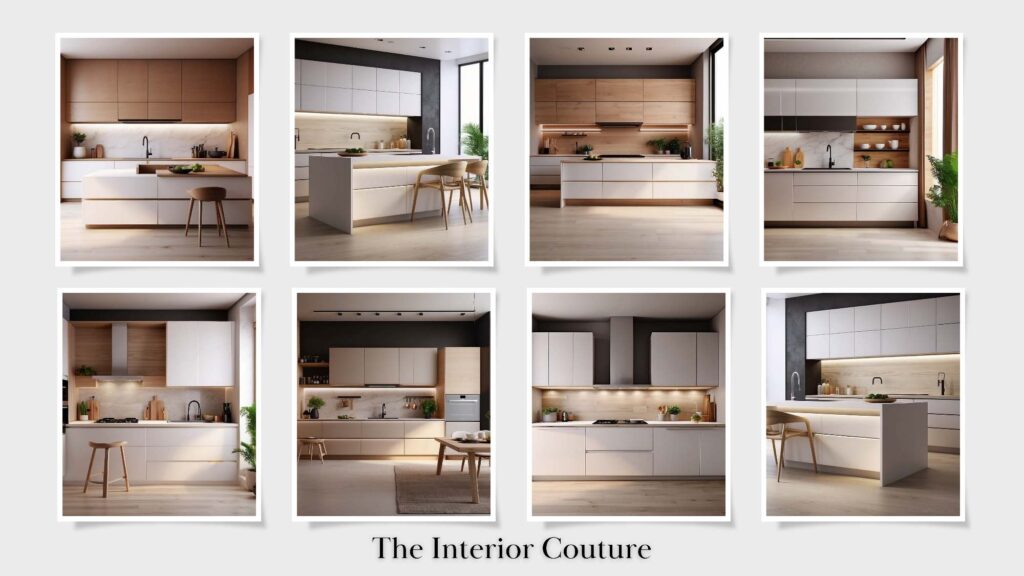
Tips for Maintaining a Minimalist Home
Maintaining a minimalist home requires ongoing effort. Here are some tips to help you stay on track:
a. Regularly Declutter
Make decluttering a regular habit. Set aside time each month to go through your belongings and get rid of items that you no longer need or love.
b. Be Mindful of New Purchases
Before buying something new, ask yourself if it truly adds value to your life. Will it serve a purpose or bring you joy? If not, it’s best to pass on it.
c. Keep Surfaces Clear
Clear surfaces are a hallmark of minimalist design. Avoid piling up items on countertops, tables, and other surfaces. Instead, find a designated place for everything.
d. Embrace a Capsule Wardrobe
A capsule wardrobe is a small collection of high-quality, versatile clothing items that you love and wear regularly. This not only reduces clutter in your closet but also makes getting dressed easier.
e. Practice Mindfulness
Minimalism is not just about your physical space; it’s also about your mindset. Practice mindfulness by being present in the moment and appreciating the simple things in life.
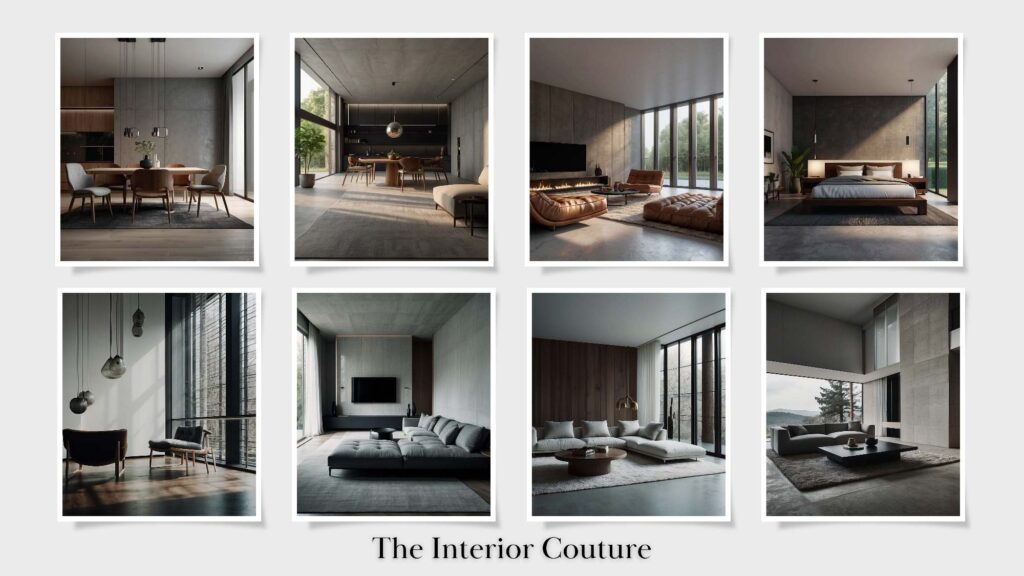
The Benefits of Minimalist Interior Design
Adopting a minimalist lifestyle and interior design can have numerous benefits. Here are just a few:
a. Reduced Stress
A cluttered home can lead to a cluttered mind. By creating a clean and organized space, you can reduce stress and improve your mental well-being.
b. Increased Focus
A minimalist environment can help you focus better. With fewer distractions, you can concentrate on what’s truly important.
c. More Time and Energy
By having fewer items to clean and maintain, you’ll have more time and energy to spend on the things you love.
d. Financial Savings
Minimalism encourages you to buy less and invest in quality. This can lead to significant financial savings over time.
e. Environmental Impact
By consuming less, you’re also reducing your environmental footprint. Minimalism promotes sustainability and mindful consumption.
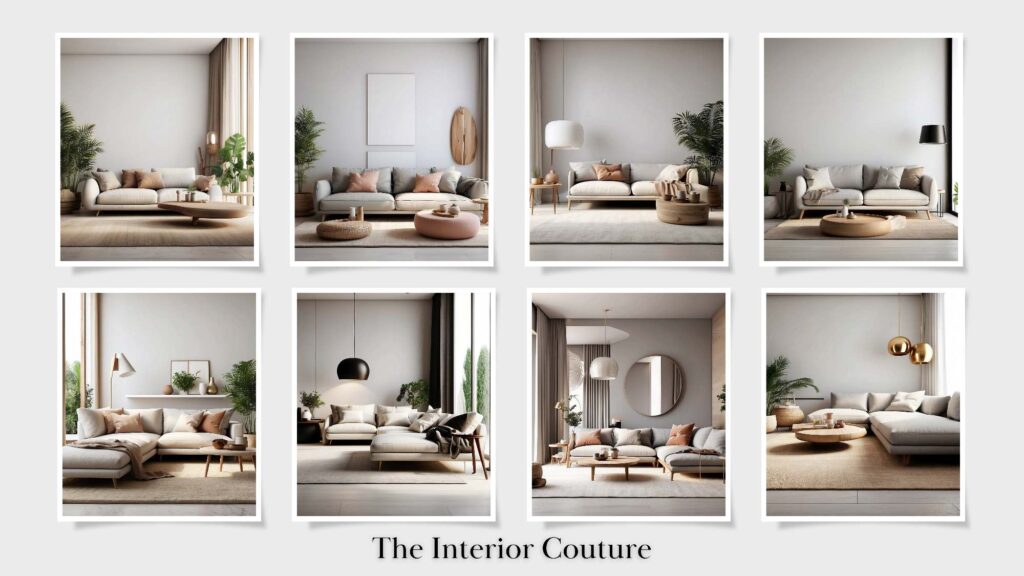
Conclusion
Minimalism is more than just a design trend; it’s a way of life that promotes simplicity, intentionality, and mindfulness. By embracing minimalist interior design, you can create a home that is both beautiful and functional. Remember, the journey to minimalism is a personal one, and there’s no right or wrong way to do it. Start small, be patient with yourself, and enjoy the process. Happy decorating!
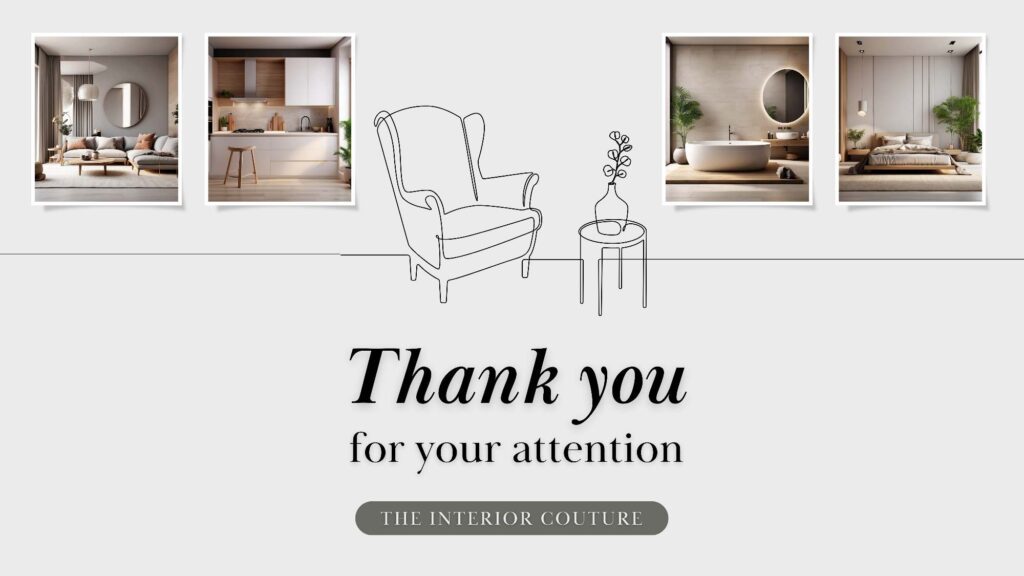





5 thoughts on “Embracing Minimalism: A Beginner’s Guide to Minimalist Interior Design”